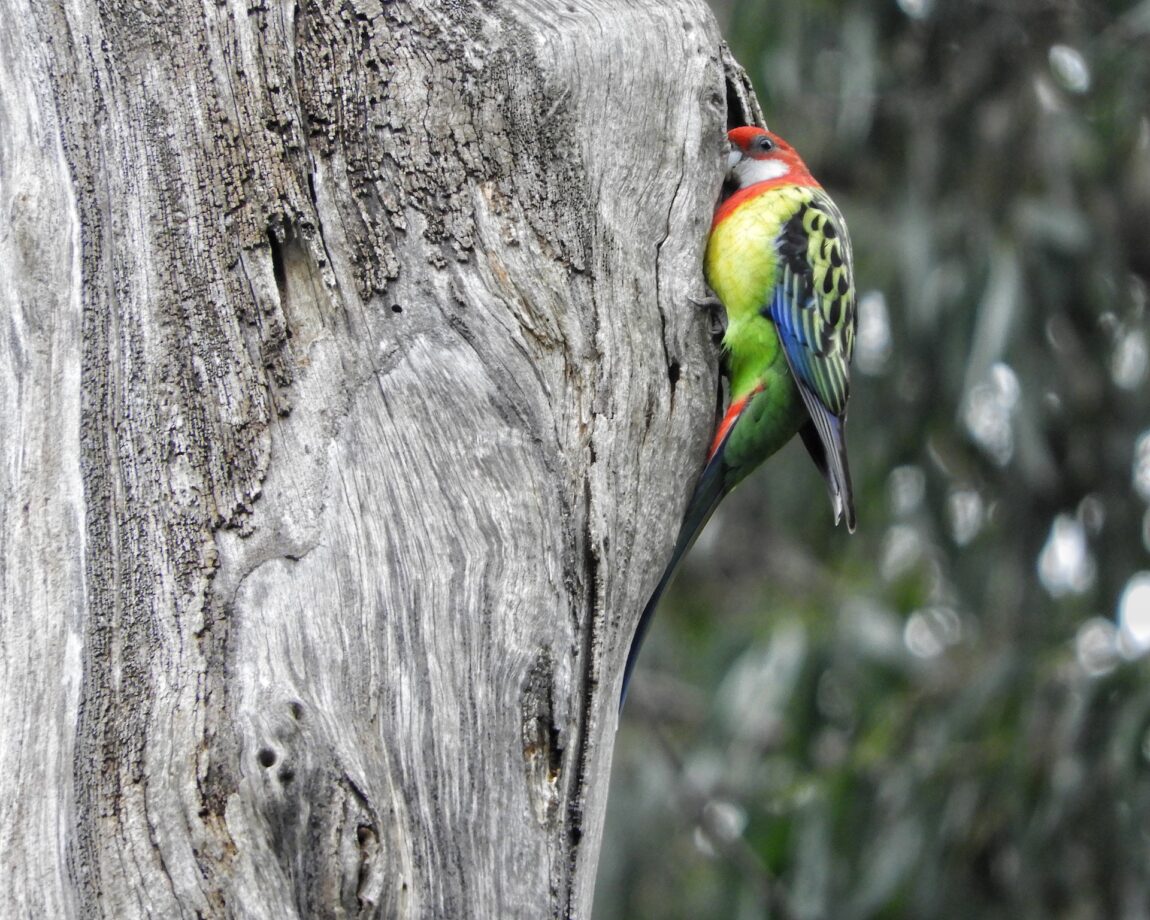Gold Coast Housing Shortage
There is an acute housing shortage on the Gold Coast. Rents have gone through the roof as have housing prices. But spare a thought for our native wildlife.
They too are experiencing a similar shortage. There isn’t enough tree hollows to cater for all the wildlife in our suburban areas. Competition is rife for valuable nesting hollows.
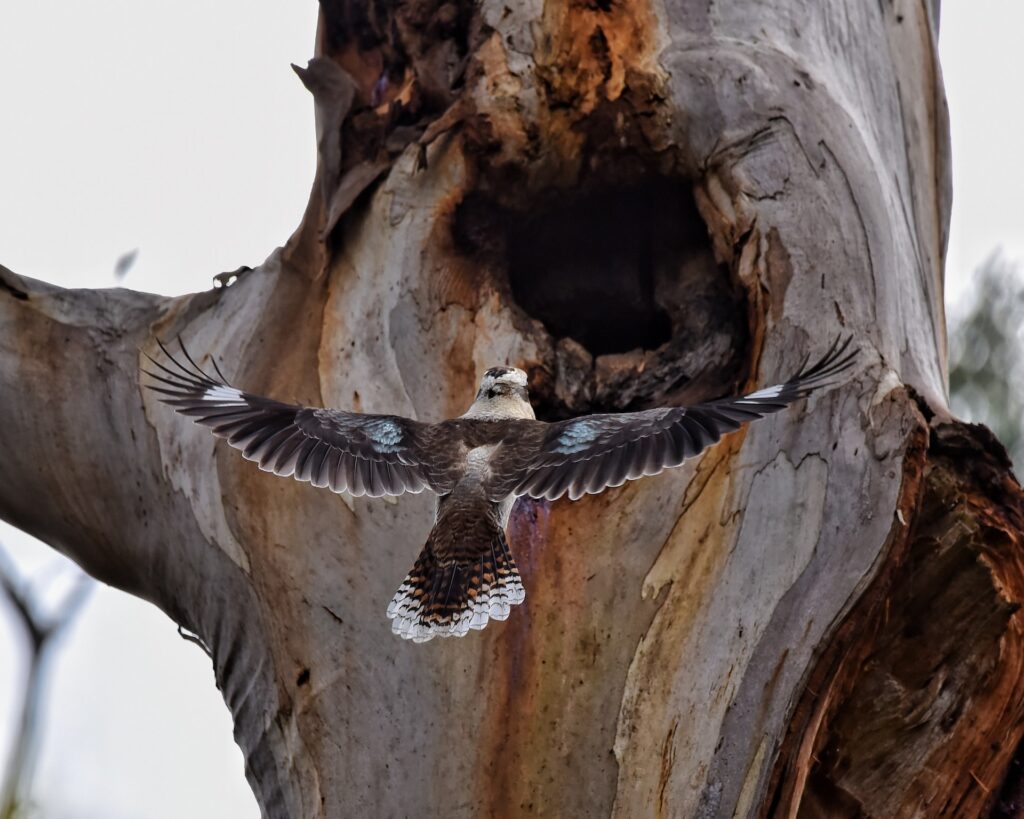
The Importance of Tree Hollows
Over 300 Australian native animals rely on tree hollows to rest, feed, shelter, nest and raise their young.
This represents around 17% of all bird species, 42% of mammals and 28% of reptiles. They include bats, possums, gliders, owls, parrots, antechinus, ducks, rosellas and kingfishers as well as numerous species of snakes, frogs and skinks.
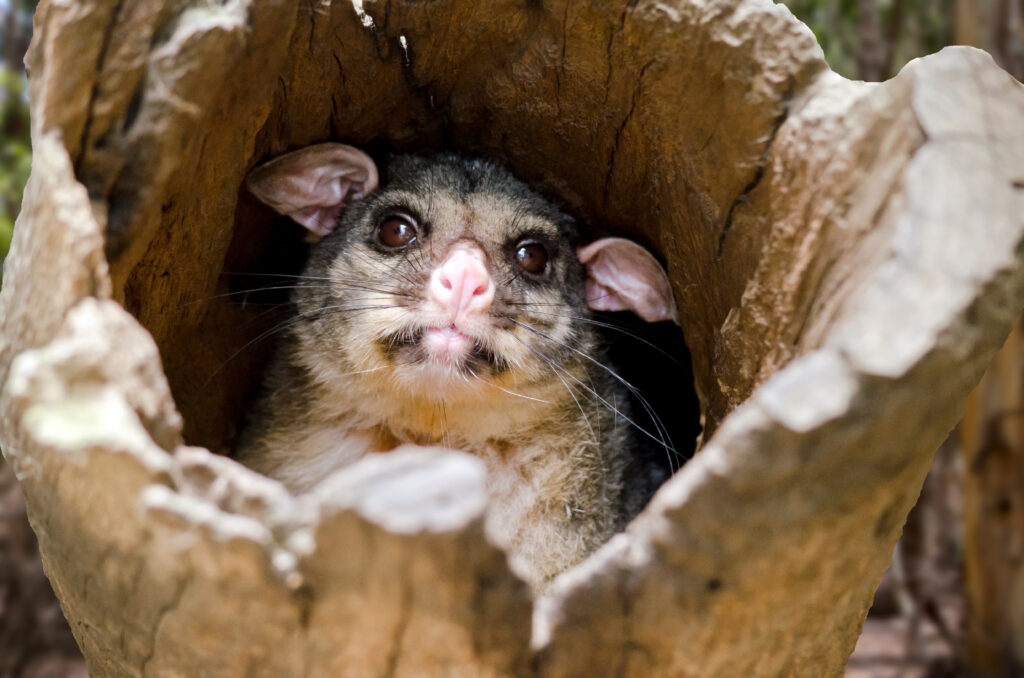
Time Isn’t On Our Side
Trees take time to form hollows, and in general, some trees may take over 100 years before they form hollows.
With the time taken for trees to reach maturity to form hollows, combined with the rate of trees being cut down in suburban areas, is it no wonder that there is a wildlife housing shortage of suitable tree hollows?

Combating the Housing Crisis
Koalas on the Green has recently been awarded a Gold Coast City Council Discretionary Grant of $10,000 for the installation of nesting boxes and hollows in key wildlife habitats in Arundel and Parkwood. These will be installed in selected trees in Collingwood Court Reserve, Ballybunion Park and the Arundel / Coombabah Lakelands over the next 8 months.

The Highrise Apartments For Native Wildlife
The Highrise Apartments For Native Wildlife project is made possible with the support of Councillor Ryan Baylden-Lumsden of Division 7.
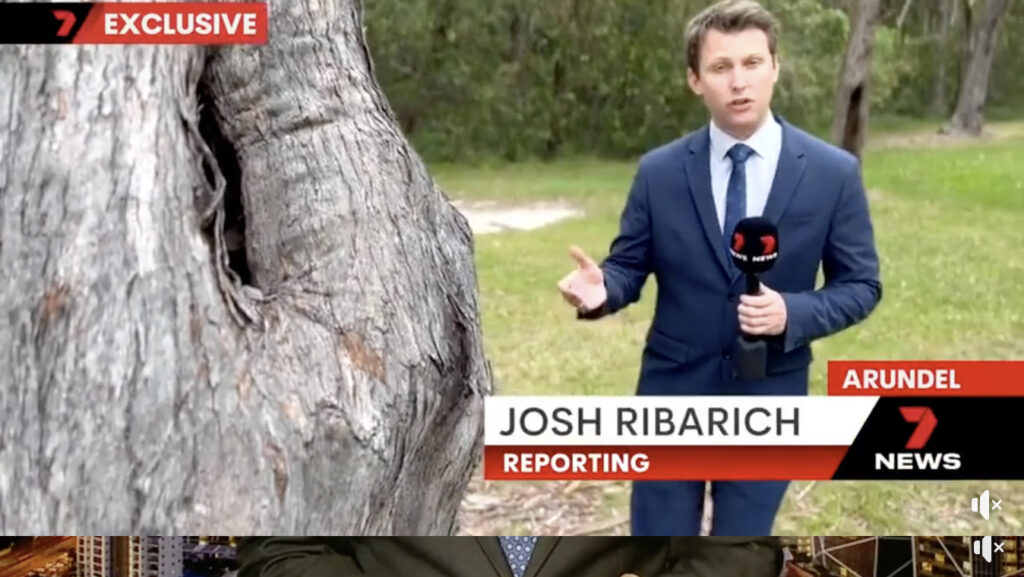
We have partnered up with Habi-Tec, a Gold Coast conservation arborist firm. Headed up by Steve Collum, he will now come forward with the proposal to be submitted to Council that will involve the installation of a mixture of carved nesting hollows created in trees and nesting boxes affixed to selected suitable eucalypt highrises.
The project aims to address this wildlife housing shortage, and assist our birds, marsupials and microbats.
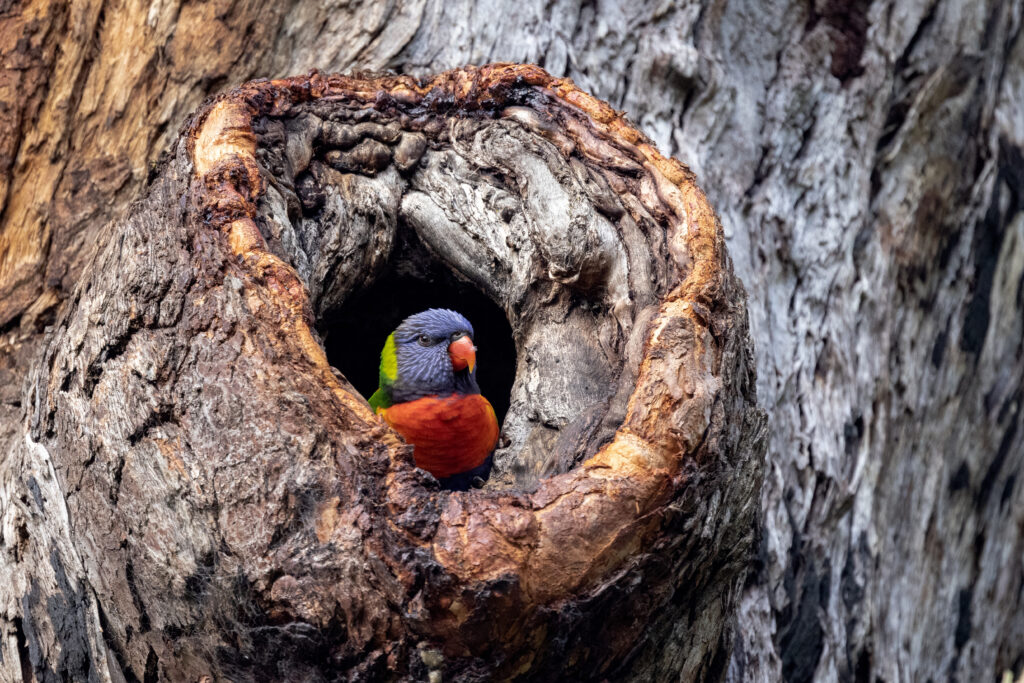
Monitoring
Once the nest boxes and hollows have been installed, these will be monitored to see the take up by wildlife and to better understand the species which will have benefited from the project.
To help engage local community, we are looking to set up a local wildlife Facebook page where locals who may be going on walks in these areas can take photos and report any sightings of wildlife using these new highrise apartments.

